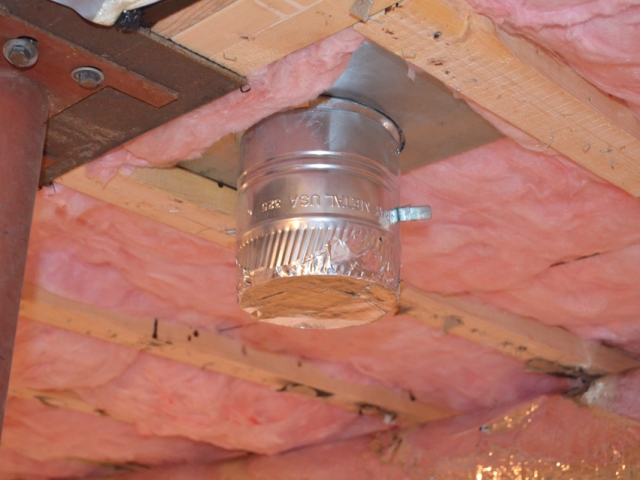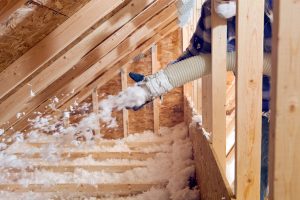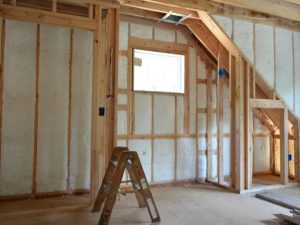When it comes to insulation, one of the most important terms you’ll come across is “R-value.” But what exactly are R-values, and why is it so crucial for your home? At Lehigh Valley Insulation, we’re here to break it down and explain how R-values impact your home’s energy efficiency. Let’s dive in!
What Are R-Values?
R-value is a measure of thermal resistance. In simple terms, it indicates how well a material resists heat flow. The higher the R-value, the better the material’s ability to insulate your home, keeping it warmer in the winter and cooler in the summer. Essentially, R-value tells you how effective your insulation is at preventing heat from escaping or entering your home.
How R-Values Impact Energy Efficiency
When you invest in insulation, your goal is to improve your home’s energy efficiency. Insulation with a higher R-value provides better protection against heat loss, which means your HVAC system doesn’t have to work as hard to maintain a comfortable temperature. This can result in lower energy bills, reduced wear and tear on your heating and cooling systems, and a more consistent temperature throughout your home.
For example, if your attic insulation has a low R-value, it won’t effectively trap warm air inside during the winter, leading to higher heating costs. By increasing the R-value of your insulation, you can significantly improve your home’s energy performance and comfort.
Different Materials, Different R-Values
Different insulation materials have varying R-values, which means not all types of insulation are created equal. Here’s a quick breakdown of some common materials and their typical R-values:
- Fiberglass Insulation: R-values range from R-2.9 to R-4.3 per inch of thickness, depending on the type of fiberglass used.
- Foam Board Insulation: Foam board can have R-values between R-5 and R-6.5 per inch.
- Spray Foam Insulation: Closed-cell spray foam insulation has a high R-value of around R-6 to R-7 per inch, making it an excellent choice for areas where high insulation performance is needed.
- Cellulose Insulation: R-values typically range from R-3.2 to R-3.8 per inch.
How to Choose the Right R-Value for Your Home
The R-value you need depends on several factors, including your climate, the area of your home, and your energy efficiency goals. For instance, colder climates generally require higher R-values to prevent heat loss. Areas like attics, basements, and exterior walls may need higher R-values compared to spaces that are already well insulated.
At Lehigh Valley Insulation, we can help you determine the right R-value for your home based on its specific needs and your budget. Whether you’re insulating your attic, walls, or crawl space, we’ll work with you to ensure you’re getting the best possible insulation to meet your energy efficiency goals.
Why Insulation Matters
Investing in the right insulation with the proper R-value is one of the most effective ways to improve your home’s energy performance. Insulation doesn’t just keep your home comfortable—it can save you money on heating and cooling costs. Plus, it’s an eco-friendly way to reduce your carbon footprint by decreasing the energy needed to regulate your home’s temperature.
Upgrade Your Insulation with Lehigh Valley Insulation
At Lehigh Valley Insulation, we specialize in providing high-quality insulation services to help you achieve optimal energy efficiency. Whether you need new insulation for your attic, basement, or entire home, our team of experts can recommend the best R-values for your needs and install them with care.
Ready to improve your home’s insulation? Contact Lehigh Valley Insulation today to schedule a consultation. Let us help you create a more energy-efficient home with the right insulation solutions!





